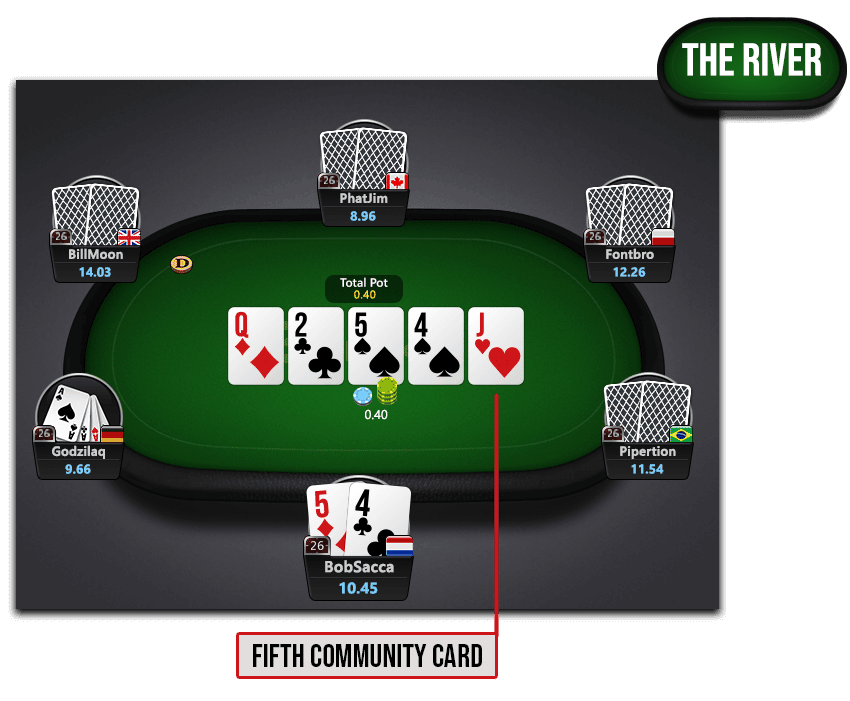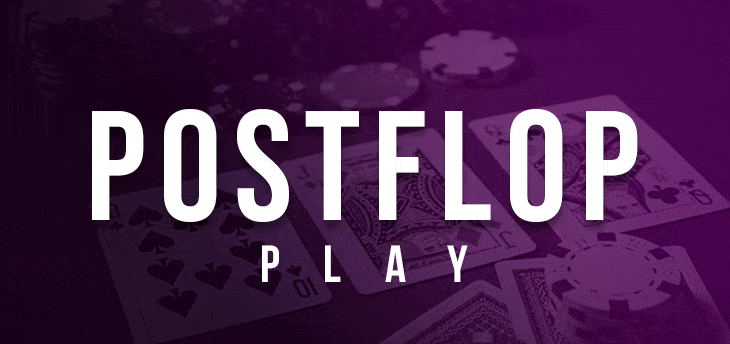In poker, as in life, the greatest glory lies not in never falling, but in rising every time we do. But let’s be honest, wouldn’t it be even better if we didn’t fall as often in the first place? Especially in the complex world of postflop play, where the stakes get real, and every decision will lead to either glory or disaster.
The Continuation Bet
Continuation betting (or C-betting, for the trendier among us) is one of the most common and effective strategies for maintaining the pre-flop offensive. The keyword here is ‘continuation’, which implies that your postflop bet should logically follow the narrative you built before the flop. Did you open strong? Then you’d better continue that story, otherwise your rivals may smell weakness.
But is it always a good idea to C-bet? Oh, dear reader, if only poker were that simple. Like with a good mystery novel, you can’t just keep repeating the same plot. Predictability is your worst enemy. Your opponents are always trying to figure you out, understand your habits, and anticipate your actions. So, when should you C-bet, and when should you let it go?
Consider your position. If you’re last to act, you’ll have more information at your disposal, allowing you to make a more educated decision. Are your opponents checking to you? Are they looking nervous? Perhaps a C-bet could scare them away.
Or consider the texture of the board. If it’s dry (meaning the cards don’t interact well), your C-bet might push your opponents off mediocre hands. But on a wet board (where lots of draws are possible), your C-bet could get called or even raised by hopeful opponents chasing their straight or flush dreams.

The Semi-Bluffing
Semi-bluffing, another postflop power move, involves betting with a hand that’s not the best at the moment but has potential to become the nuts. It’s a bit like declaring you’re going to write the next bestselling novel when all you’ve got is a vague idea and a handful of character names. It’s not a complete fabrication—you might indeed produce the next “To Kill a Mockingbird”—but it’s definitely not the whole truth either.
By semi-bluffing, you’re playing for two outcomes. Either your opponents fold, granting you immediate victory, or you hit one of your outs and end up with the winning hand. But remember: like an amateur novelist convinced they’re the next Stephen King, you might end up with a brutal reality check if you overestimate the quality of your draw.
So when should you semi-bluff? It depends. Again, position is crucial. Semi-bluffing from a late position has a higher chance of success, as you’ll have gathered more information from the actions of your opponents. Your table image is another factor. If you’ve been playing tight, your opponents may be more likely to believe your semi-bluff and fold. If you’ve been playing loose, they might call you down with weaker hands.
Size Matters
Let’s dive into the murky waters of bet sizing. Here, you’ll need all your cunning and expertise. It’s like crafting the perfect plot twist: revealing just enough to keep the readers hooked, but not so much that they figure out the ending halfway through.
First, consider the pot size. If the pot is small, a larger bet relative to the pot size could scare off opponents with marginal hands. But if the pot is large, your opponents will likely call with wider ranges, making smaller bets more effective.
Next, think about the strength of your hand. Are you bluffing with air, semi-bluffing with a decent draw, or do you have the nuts? Your bet size can convey different messages, so decide what story you want to tell. Be unpredictable and mix it up to keep your opponents guessing.
The Art of Folding
Not every hand is a winner. Knowing when to fold is just as important as knowing when to bet. If the flop didn’t help you and you’re facing a bet, sometimes the best course of action is to just let it go. It’s like reading a terrible draft of your manuscript. Sure, you could keep editing, but sometimes it’s better to accept the loss and start fresh. As the saying goes, don’t throw good money after bad.

The River
If you’ve navigated the choppy waters of postflop play, you’ll find yourself at the river, the final community card. Here, it’s time for your last chance at betting or bluffing. If you’ve got the winning hand, how much do you bet to extract value? If you’re bluffing, can you push your opponent off their hand with a big bet? Or will a smaller, craftier bet do the trick?
Mastering the Game
Mastering postflop play requires understanding advanced concepts like the continuation bet, semi-bluffing, bet sizing, and more. It’s a constant balancing act between projecting strength, masking weakness, and judging the actions and reactions of your opponents. Just like writing a compelling novel, it requires creativity, finesse, and an intricate understanding of both the game’s mechanics and the minds of the players.
But remember, poker is not just about strategies and tactics—it’s also about learning, adapting, and improving. As you play more, your understanding of these concepts will deepen, and your skills will improve. So, don’t worry if you’re not a postflop pro yet. With practice and patience, you’ll get there. Now, go shuffle up and deal!

